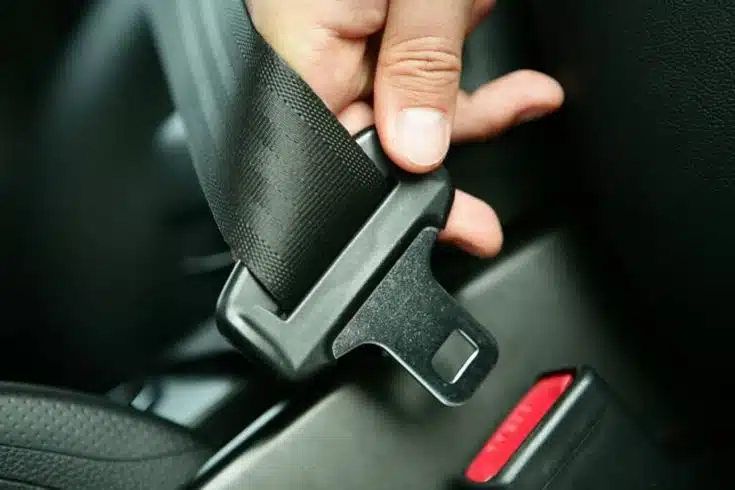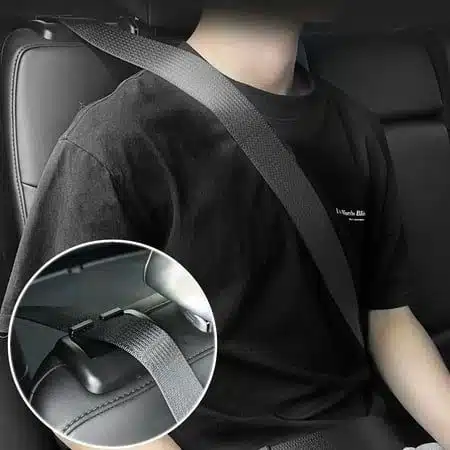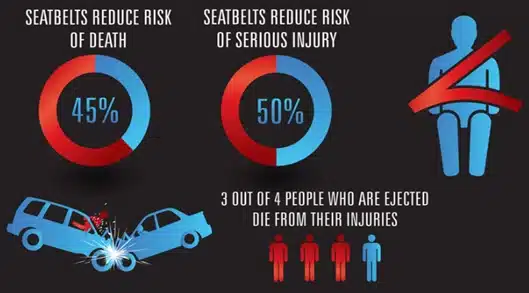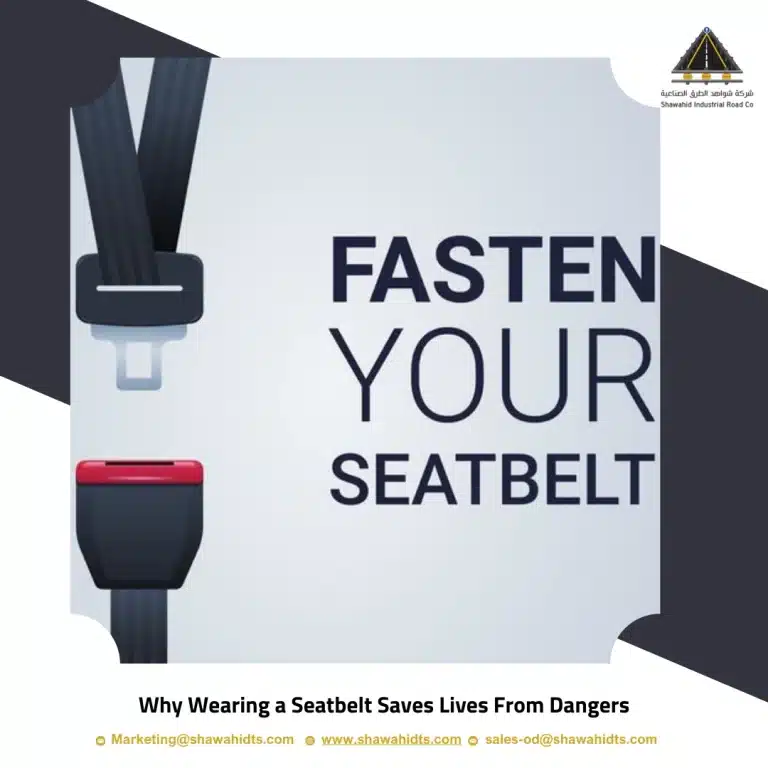The seatbelt saves lives of drivers and passengers. It controls the driver’s movement in the event of a collision and prevents serious injuries that could lead to death. It also gives the driver the ability to control and maintain control of the vehicle.
In this article, we will discuss the importance of wearing a seatbelt and its role in protecting both the driver and passengers, as well as the risks associated with not wearing one.
How do seatbelt saves lives?
Why are seat belts important?
When a car crashes, the seat belt performs three basic functions:
- The seatbelt saves lives by spreading the force of the impact over the body. The seat belt is designed to have three attachment points, so the force of the impact is spread over these three points: the shoulder, neck, and stomach. This distributes the force and intensity of the collision evenly across the body, preventing it from being concentrated in one area.
- It prevents passengers and the driver from colliding with each other inside the car due to the rush during the collision.
- It reduces the risk of passengers or the driver colliding with the window or steering wheel, which can lead to serious injury or even death.

The seatbelt also helps keep the driver balanced while driving, especially when turning, going downhill, or driving at high speeds. In the event of an accident, the seatbelt saves lives by preventing the driver from colliding with the steering wheel or side and front windows, or from being thrown forward in the direction of the vehicle’s movement, which would cause them to lose control of the car, thereby providing a high degree of protection for the driver, especially the head and spine.
How should you adjust your seatbelt saves lives?
It is essential to ensure that seat belts are put on correctly so that drivers aren’t hurt in accidents. Here’s the right way to put on a seat belt:
- Make sure that the seatbelt is put on correctly, with the upper strap sloping across the shoulder, keeping it away from the neck area so that it doesn’t cause pressure in the event of a sudden stop or accident.
- Avoid placing the belt under your arms, as this reduces its effectiveness in securing your body and increases the likelihood of injury. Also, don’t put the belt over any hard objects like mobile phones, as these can make injuries worse in a crash.
- It is also important that the driver or passenger remove thick coats or heavy clothing before wearing the belt, as these extra layers may disrupt the operation of the belt ‘s tensioners, which are designed to tighten quickly in the event of danger, thereby reducing the level of protection provided.

Statistics on seatbelt saves lives
The risk of fatal injuries can be reduced by 45% and moderate to critical injuries by 50% if seat belts are worn in the front seats.
The risk of death can be reduced by 60% and critical injury by 65% if seat belts are worn in small trucks.

In conclusion, drivers’ commitment to wearing seat belts correctly reduces the rates of fatalities and serious injuries, and the fines imposed by the police on those who don’t wear seat belts are important to make drivers do so.
